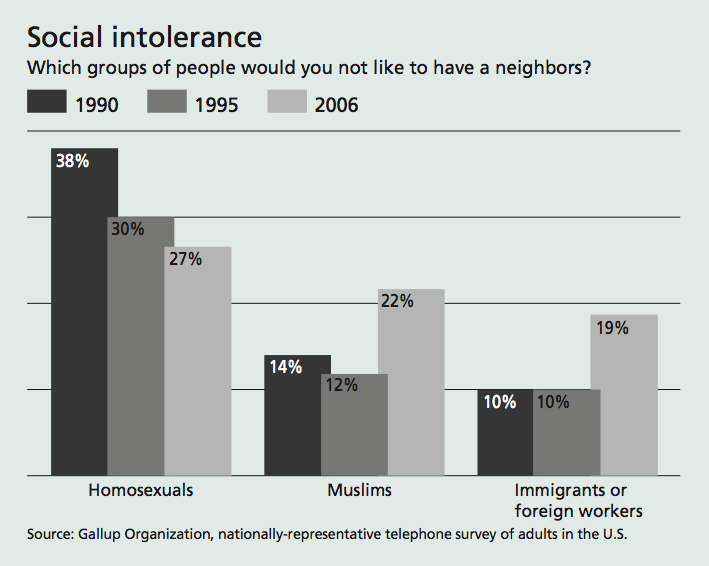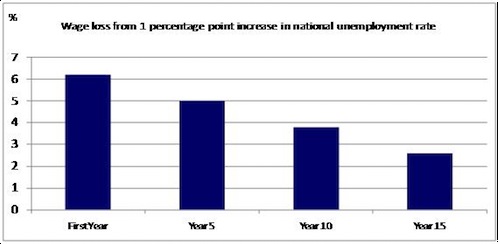Thea Lim at Racialicious posted this travel advertisement for Newfoundland-Labrador, Canada:
Text:
How many times can one place be discovered? We’ve been asking ourselves that question for over a thousand years.
Discovery is a fearless pursuit. Certainly, this was the case when the Vikings, the first Europeans to reach the new world, landed at L’Anse aux Meadows. While it may only be a three-hour flight for you, it was a considerably longer journey a thousand years ago. But it’s a place where mystery still mingles with the light and washes over the strange, captivating landscape. A place where all sorts of discoveries still happen every day. Some, as small as North America. Others, as big as a piece of yourself.
As the recent Vancouver Olympics reminded us relentlessly, Canada was home to many peoples when the Europeans arrived. The ad sanitizes this history, turning it into “discovery.” Lim points out that “discovery” has a certain ring to it that “genocide” or “colonization” simply does not.
She quotes Ronald Wright, author of Stolen Continents, who points out how ridiculous it is to use the term “discovery” to describe what happened when Europeans arrived in North America:
…I was told by Dehatkadons, a traditional chief of the Onondaga Iroquois, “You cannot discover an inhabited land. Otherwise I could cross the Atlantic and ‘discover’ England.” That such an obvious point has eluded European consciousness for five centuries reveals that the history we have been taught is really myth… those vanquished by our civilization see that its myth of discovery has transformed historical crimes into glittering icons.
The use of the myth of discovery in advertising like this demonstrates just how deeply many of us have internalized it.
Lisa Wade, PhD is an Associate Professor at Tulane University. She is the author of American Hookup, a book about college sexual culture; a textbook about gender; and a forthcoming introductory text: Terrible Magnificent Sociology. You can follow her on Twitter and Instagram.













